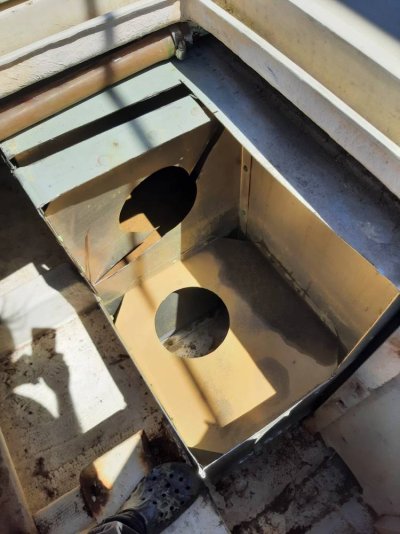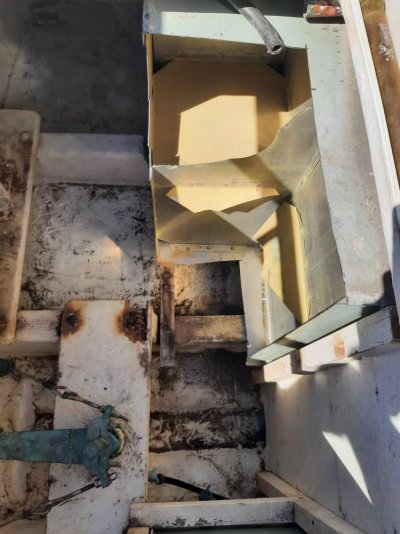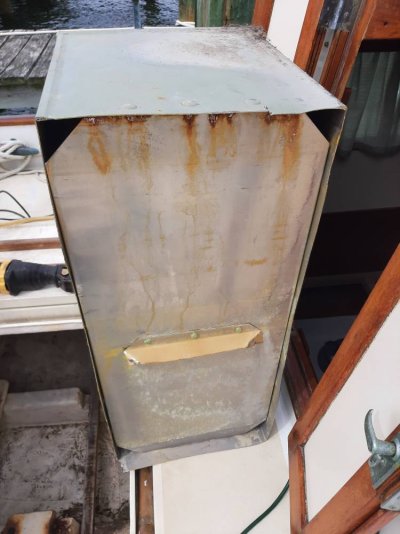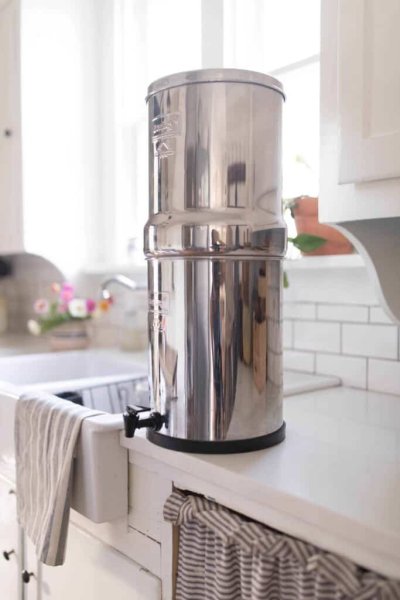rslifkin
Guru
- Joined
- Aug 20, 2019
- Messages
- 7,656
- Location
- USA
- Vessel Name
- Hour Glass
- Vessel Make
- Chris Craft 381 Catalina
I use tank water for some cooking like boiling sweetcorn, making noodles boiling potatoes. I will occasionally take a sip of tank water to wash down pills. My tanks get a half cup of bleach per 150 gallons of marina water.
For coffee, lemonade, ie tea, etc I use distilled water which I make with a home distiller.
pete
That's a lot of bleach! If the tanks and lines are clean, it shouldn't take nearly that much to prevent the water from growing stuff (especially if you're starting with chlorinated city water).




